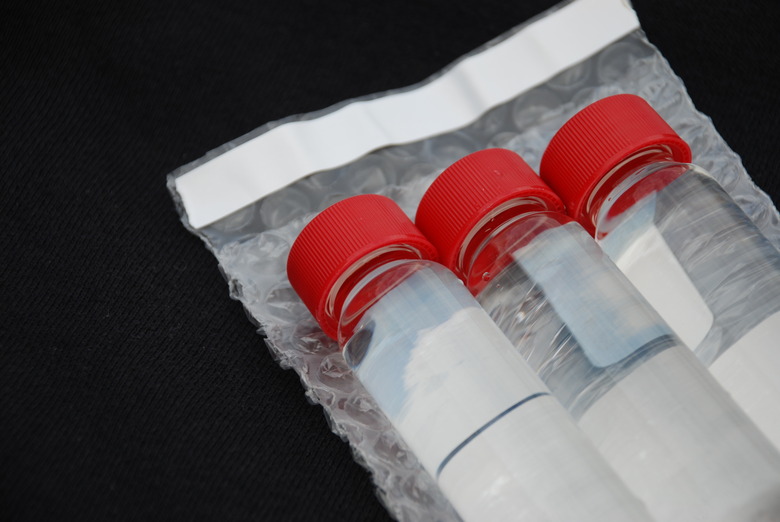What Is The Standard Method For Calibration Of A Conductivity Meter?
The calibration procedures for most conductivity meters are quite similar. The procedures typically involve using a conductivity standard to determine the meter's accuracy. The meter reading is then adjusted to meet the value provided for the standard.
Conductivity and Meter Measurement
Conductivity and Meter Measurement
A conductivity meter measures an aqueous solution's ability to transmit an electrical current. A solution's conductivity is affected by the ions in solution and temperature. To measure conductivity, a conductivity meter uses a probe with four electrodes. The meter passes an alternating current between electrodes and measures the potential between the inner pair. By using the known distance between electrodes and Ohm's law, the meter then computes the conductivity of the solution being tested. Some meters use inductive-coupled coils instead of four electrodes.
Preparing to Calibrate
Preparing to Calibrate
Make sure that you have deionized water — to rinse off the conductivity probe — a plastic cup and the calibration standard necessary for the proper calibration of your meter. Different calibration standards might prove necessary for the various ranges of conductivity you want to test for. You will also need a thermometer if your meter does not record the temperature of the solution it is testing. Finally, make sure your meter is set to calibration mode before you begin calibrating.
Calibrating Conductivity
Calibrating Conductivity
Start by rinsing the probe with deionized water, then inserting it into a calibration standard poured into a plastic cup — a metal cup will disrupt the meter. Give the probe at least a minute to settle into the solution and allow the solution to fully interact with the functional parts of the probe. Note the temperature of the solution with your thermometer if necessary and hit the "calibrate" button. If the meter readout does not match the provided value for the calibration standard, adjust the meter so that it does.
Taking Measurements and Maintenance
Taking Measurements and Maintenance
After calibrating your probe, rinse it with deionized water and then place it in the sample to be tested. Be sure you don't introduce any bubbles into the solution, as these can disrupt the conductivity reading. The properly calibrated meter should then show the conductivity of the solution being tested. When testing multiple samples, be sure to sufficiently rinse the probe between each sample. The probe should also be rinsed after all samples are tested. Some probes have a special storage solution that the probe must be placed in until the next use.
Cite This Article
MLA
Smith, Brett. "What Is The Standard Method For Calibration Of A Conductivity Meter?" sciencing.com, https://www.sciencing.com/standard-method-calibration-conductivity-meter-5607698/. 13 March 2018.
APA
Smith, Brett. (2018, March 13). What Is The Standard Method For Calibration Of A Conductivity Meter?. sciencing.com. Retrieved from https://www.sciencing.com/standard-method-calibration-conductivity-meter-5607698/
Chicago
Smith, Brett. What Is The Standard Method For Calibration Of A Conductivity Meter? last modified March 24, 2022. https://www.sciencing.com/standard-method-calibration-conductivity-meter-5607698/
